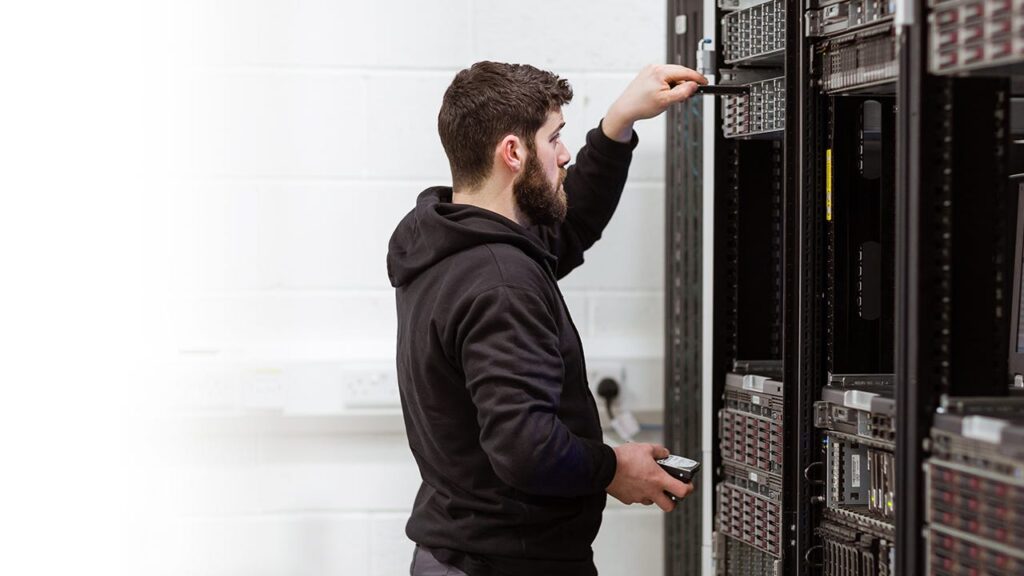Buy server online—a phrase that’s gone from a convenience to a core strategy for IT managers, startups, and growing enterprises. As businesses reevaluate their technology budgets in 2025, refurbished servers are no longer seen as second-hand alternatives—they are emerging as smart, strategic investments for building scalable, secure, and sustainable IT ecosystems.
In this blog, we’ll break down why Refurbished Servers are perfectly aligned with modern IT goals and why they should be at the center of your infrastructure planning in 2025.
1. Cost-Effective Without Compromise
The most obvious benefit is the cost savings—refurbished servers typically cost 40–70% less than their brand-new counterparts. But this doesn’t mean settling for outdated or underperforming systems. Refurbished models like the Dell PowerEdge R740 or HPE DL380 Gen10 still deliver enterprise-grade performance and are more than capable of handling today’s workloads.
In a year where every IT rupee counts, refurbished servers help you stretch your budget while maintaining quality.
2. Availability of Proven, Reliable Models
Some of the most stable and widely supported server models in the market today are available as refurbished units. Since these models have already been deployed in thousands of enterprise environments, their firmware, drivers, and configurations are highly refined and compatible with modern software.
This “proven reliability” is especially valuable for businesses that prioritize stability over the bleeding edge.
3. Faster Deployment Timelines
New server orders often come with 4–8 week lead times due to global chip shortages and supply chain disruptions. Refurbished servers, on the other hand, are ready to ship and deploy—saving you valuable time in urgent upgrade cycles, scaling events, or new site rollouts.
If your 2025 IT plan includes speed and agility, refurbished is the way to go.
4. Sustainable and Aligned With ESG Goals
More businesses are now factoring Environmental, Social, and Governance (ESG) goals into their tech strategies. Refurbished servers reduce electronic waste, minimize carbon emissions from manufacturing, and support circular economy models.
By making refurbished hardware a part of your IT plan, your business also contributes to a more sustainable tech future—something stakeholders, investors, and clients increasingly value.
5. Scalable Infrastructure for Hybrid Work Models
Hybrid work is here to stay in 2025. Whether you’re hosting internal apps, managing remote teams, or deploying VMs for distributed operations, refurbished servers offer the scalability you need without overwhelming capital expenditure.
And because you own the asset, you have full control over upgrades, OS choices, storage configuration, and virtualization environments—perfect for long-term planning.
6. Great Compatibility with Legacy and Modern Systems
Need to run older ERP systems or integrate with legacy databases? Refurbished servers often come with I/O ports, PCIe slots, and chipset compatibility that newer models have dropped.
At the same time, they’re powerful enough to support current-gen operating systems, virtualization platforms, and even private cloud setups.
This makes them a versatile foundation for hybrid infrastructure plans in 2025.
7. Strong ROI and Resale Potential
Unlike leased or proprietary hardware, refurbished servers are assets you own. They can be resold, repurposed, or used as test environments after depreciation. This adds long-term value and boosts the overall return on investment for your IT budget.
Conclusion
Refurbished servers are no longer a stop-gap—they’re a smart, sustainable, and strategic part of IT infrastructure. As we enter a year shaped by cautious spending, agile deployment, and environmental responsibility, the advantages of refurbished solutions become too strong to ignore.
So, if you’re planning to Buy Server Online in 2025, make sure refurbished servers are not just considered—but prioritized. They’re powerful, future-ready, and the smartest investment for forward-thinking IT leaders.

